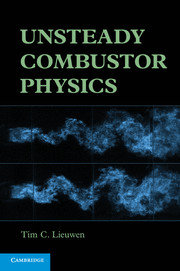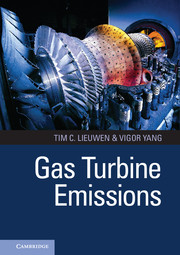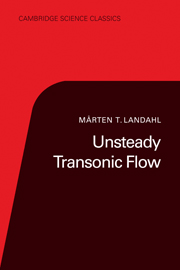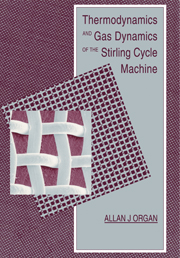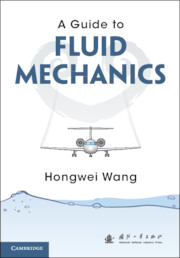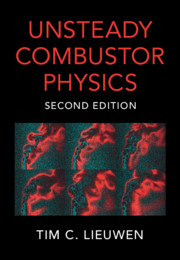Unsteady Combustor Physics
Developing clean, sustainable energy systems is a pre-eminent issue of our time. Most projections indicate that combustion-based energy conversion systems will continue to be the predominant approach for the majority of our energy usage. Unsteady combustor issues present the key challenge associated with the development of clean, high-efficiency combustion systems such as those used for power generation, heating or propulsion applications. This comprehensive study is unique, treating the subject in a systematic manner. Although this book focuses on unsteady combusting flows, it places particular emphasis on the system dynamics that occur at the intersection of the combustion, fluid mechanics and acoustic disciplines. Individuals with a background in fluid mechanics and combustion will find this book to be an incomparable study that synthesises these fields into a coherent understanding of the intrinsically unsteady processes in combustors.
- The only self-contained text on unsteady combustor dynamics
- Directed toward important problems in defining modern, low emissions combustion systems
- Emphasises the system dynamics that occur at the intersection of the combustion, fluid mechanics and acoustic disciplines
Reviews & endorsements
'… a text that is very accessible and … a valuable reference for the seasoned researcher … can act as an introduction to combustion for those coming strictly from a physical acoustics or fluid mechanics background. The inclusion of numerous references provides an excellent starting point for a more focused study. And finally, the avoidance of electronic means of enhancing the text ensure … longevity of this work as an excellent resource.' Nathan E. Murray, Journal of the Acoustical Society of America
'… there are at least three characteristics of a good reference text: 1) it should be timely, drawing together work that has taken place over a long enough period for there to be a substantial advance in understanding over other comparable books. 2) It should assimilate that knowledge and add value by presenting it in a logical order, with a consistent notation running from theme to theme. 3) It should be clear and authoritative, and as easy to read as the subject allows. Against all these criteria, Unsteady Combustor Physics is a very good book indeed … Particularly for its account of flow instabilities and of the forced response of flames, this is a book that should be on the shelves of every researcher in combustion physics … and not gathering dust there.' Journal of Sound and Vibration
'… this book represents a very useful addition to the combustion pedagogy … The attractive feature of the book is the fine balance it strikes between breadth and depth of coverage … The format … in the form of a textbook, rather than a monograph, would also enable its adoption for advanced level graduate courses like combustion dynamics. The exercises at the end of the chapters … are also very illuminating.' Achintya Mukhopadhyay, International Journal of Spray and Combustion Dynamics
'I recommend this book. It is best suited for advanced postgraduate students and research professionals with a background in fluid mechanics and combustion, who will find in the book a nice synthesis of these fields into an understanding of unsteady processes in combustors.' Ulrich Maas, AIAA Journal
Product details
September 2012Adobe eBook Reader
9781139575072
0 pages
0kg
333 b/w illus. 12 tables
This ISBN is for an eBook version which is distributed on our behalf by a third party.
Table of Contents
- 1. Overview and basic equations
- 2. Decomposition and evolution of disturbances
- 3. Hydrodynamic flow stability part I: introduction
- 4. Hydrodynamic flow stability part II: common combustor flowfields
- 5. Acoustic wave propagation part I: basic concepts
- 6. Acoustic wave propagation part II: heat release, complex geometry, and mean flow effects
- 7. Flame-flow interactions
- 8. Ignition
- 9. Internal flame processes
- 10. Flame stabilization, flashback, flameholding and blowoff
- 11. Forced response part I: flamelet dynamics
- 12. Forced response part II: heat release dynamics.

